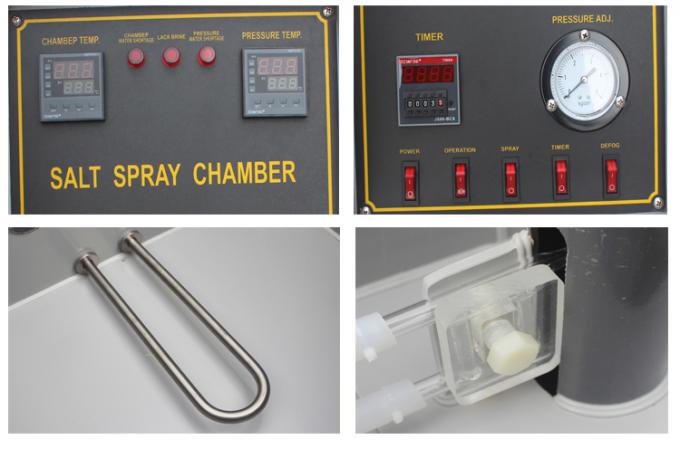- Qinsun Instruments Co., Ltd.
- Tell:+86-21-6780 0179
- Phone:+86-17740808215
- Address:No. 2578 Minhang District Gu Dai Road, Shanghai
- Contact:Mr. Li
- QQ:846490659
Selection guide for redox potentiometers

The oxidation-reduction potentiometer is an instrument designed to reflect the macroscopic oxidation-reduction properties exhibited by all substances in aqueous solutions.
Selection guide:
1. Electrode selection
ORP measurement electrodes can be made of various metals, such as nickel, copper, silver, iridium, platinum, gold, etc., which are composed of ionic lattice structures. Electrons can move within the lattice, and they may also generate potential differences due to the presence of the same ions. List the standard potential values of six metals. Platinum and gold have higher ORP values and higher measurement sensitivity. Compared with other ORP electrodes, the ion equilibrium activity of platinum and gold precious metals has extremely low redox potential, so it has almost no effect on the measurement of ORP; Platinum can form a purified surface, and the surface is prone to generate an oxygen-containing surface layer, thereby increasing the electrode standard potential; This oxide/hydroxide layer is mainly composed of PtQ or Pt (OH) 2, and the chemical adsorption of oxygen only begins when the critical ORP is determined. As the potential increases, the thickness of the surface protective layer also increases, and in most cases, it only reaches the thickness of a single-molecule layer. It can be seen that when platinum Eh>1200mv, the platinum ion activity is>1M, and the platinum electrode is an ideal sensor for ORP measurement. In addition, a gold electrode can also be used for measurement.
2. Exchange current density
(1) Impact mechanism
In all electrochemical processes, electrons need to transfer from the electrode material to the sample solution, and similarly, electrons in the solution also transfer to the electrode. The current flowing from the electrode to the solution is i+, and the current flowing from the solution to the electrode is i -. In equilibrium, the magnitude of the two is equal, and their modulus is called the exchange current density io: io=i+=i=A/cm2 (8). The exchange current density largely depends on the electrode material, redox system, and its concentration in the sample solution. To accurately compare the relationship between AC current densities, a solution with an electrode area of 1cm2 and a molecular concentration of 1g was selected. This result is considered to be the exchange current density ioo under standard conditions, with a numerical range of 10-25A/cm2. Figure 2 illustrates the importance of exchange current density. When the ORP is correct, there is a high exchange current density i, where i+and i - are both high. The measured ORP value has good repeatability and fast response; When the ORP is incorrect, only a lower exchange current density io is present, where i+and i - are both small, resulting in poor repeatability and slow response of the measured ORP values. Thus, it can be seen that the size of the io pair has an impact on the ORP measurement value.
(2) The influence of electrode materials
The main factor affecting the exchange current density is the electrode material, so the electrodes used for ORP measurement need to be made of special materials.
(a) When selecting metal electrode materials such as Ag, Cu, Ni, Fe, etc., the metal reacts with the presence of its own ions, so the IoO value is often low, resulting in electrodes made of such materials not having the actual effect of measuring ORP.





